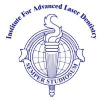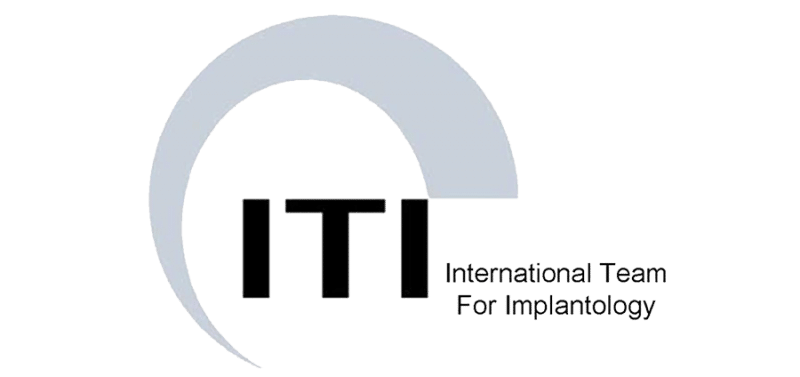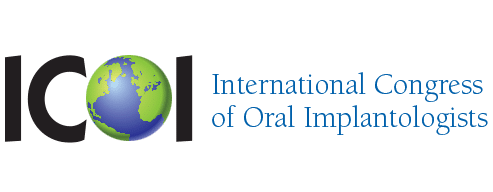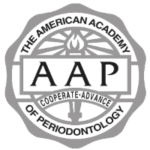A furcation defect is bone loss, which is usually from periodontal disease and affects the base of the root trunk of a tooth where two or more roots meet. The specific extent and configuration of the defect are factors in determining both the diagnosis and treatment planning.
A tooth with a furcation defect will typically possess a more diminished prognosis owing to the difficulty of rendering the furcation area free from periodontal pathogens. As a result, surgical periodontal treatment may be considered in order to either close the furcation defect using grafting procedures or by allowing improved access to the furcation defect for improved oral hygiene.
Root trunk length
The total distance between the cementoenamel junction (CEJ) and the furcation entrance is referred to as the root trunk length. The root trunk length plays an important role in furcation defects because a deeper furcation entrance within the bone means there is more bone loss necessary before the furcation will become exposed.
The mean root trunk length is 3 mm on the buccal aspect and 4 mm on the lingual aspect for mandibular first molars. The root trunk length for mandibular second and third molars is either the same or slightly greater compared to the first molars. Though the roots may be fused together.
For maxillary first molars, the mean root trunk length is 3 to 4 mm on the buccal aspect. It is 4 to 5 mm on the mesial aspect and 5 to 6 mm on the distal aspect. Similar to the mandibular molars, the root trunk lengths for the maxillary second and third molars is either the same or slightly greater compared to the first molars.
For maxillary first premolars, 40% of the time there is a bifurcation. The mean root trunk length is 8 mm from both the mesial and distal.
Furcation defect classification
Due to the importance in the assessment of periodontal disease, there are various methods of classification which are used to measure and record the severity of furcation involvement. Most of the indices are based on horizontal measurements of attachment loss in the furcation.
Diagnosis
A nabers probe is often used to check for furcation involvement in a clinical setting. Cone beam computerised technology (CBCT) has been used recently in order to detect furcation. Periapical and interproximal intraoral radiographs can aid in diagnosing and locating the furcation.
Only multirooted teeth can have furcation. Because of this, upper first premolar, maxillary and mandibular molars may be involved.
Upper premolars have just one buccal and one palatal root. It is important to check furcation involvement from the mesial and the distal aspects of the tooth.
Maxillary molars have three different roots which include a mesio-buccal root, disto-buccal root and a palatal root. As a result, the dentist will check for furcation from buccal, mesio-palatal and disto-palatal aspects.
Mandibular molars have a single mesial and distal root. The involvement should be checked from both buccal and lingual aspects.
Treatment
The treatment of the condition aims are to eliminate the bacteria from the exposed surface of the root. It also works to establish the anatomy of the tooth, in order to achieve better plaque control. Treatment plans for patients can vary based on the local and anatomical factors.
- Grade I furcation: scaling and polishing, root surface debridement or furcationplasty may be done
- Grade II furcation: furcationplasty, open debridement, tunnel preparation, root resection, extraction, guided tissue regeneration (GTR) or enamel matrix derivative may be considered
- Grade III furcation: open debridement, tunnel preparation, root resection, GTR, or tooth extraction can be performed, as needed
Tooth extraction is often considered if there is extensive loss of attachment or when alternative treatments will not obtain desirable results.









High Quality Periodontal Care You Can Trust
When you come to Marin Contemporary Perio and Implant Concepts, you can expect a friendly and professional dental team. Dr. Seda will listen carefully to your dental goals and provide a custom treatment plan that works with your budget and needs. We want you to fall in love with your smile again, so all our services are performed with the patient in mind. We want you to feel comfortable in the dental chair, and to feel confident in our services.
At Marin Contemporary Perio and Implant Concepts, we aim to provide cutting edge perio and implant solutions in a comfortable and relaxed environment, where patients feel we put them first. Scheduling an appointment for All-on-4 Dental Implants is the first step towards being confident in your smile once again. To schedule an appointment, please contact us today at (415) 482-9901.
